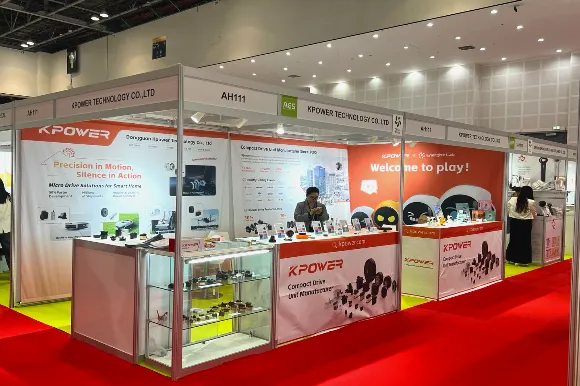part 1:
In the intricate world of modern automotive engineering, comfort is no longer a luxury; it’s an expectation. When you step into your Toyota, whether it’s a sleek Camry, a rugged Tacoma, or an innovative Prius, you’re experiencing a system finely tuned to deliver optimal climate conditions. Central to this are components like the air mix damper control servo motor, which silently work behind the scenes to regulate the temperature and airflow, ensuring every journey is as pleasant as possible.

The air conditioning and heating systems in vehicles rely heavily on precise regulation of airflow within the cabin. This regulation hinges on a variety of components working in harmony, with the air mix damper playing a central role. Essentially, the damper is a movable flap or valve that adjusts airflow between hot and cold air sources—allowing the system to produce the desired temperature. The position of this damper is controlled by the servo motor, a specialized electric motor designed for fine-tuned movement.
In Toyota vehicles, the air mix damper control servo motor operates as the brain of the climate control system. It constantly receives signals from the vehicle’s electronic control unit (ECU)(or climate control module), which interprets user inputs and sensors to determine the ideal temperature setting. The servo motor then adjusts the damper’s position accordingly, modulating how much hot or cold air flows into the cabin. This finely tuned process ensures the driver and passengers experience consistent, comfortable air temperatures, regardless of external weather conditions.
One of the reasons Toyota’s climate control systems stand out is their integration of smart technology and high-precision servo motors. These motors are designed with responsiveness and durability in mind. They often feature brushless DC motor technology, which offers quieter operation, lower maintenance, and longer life spans. This robustness is essential, given the frequency of use and the wear and tear they are subjected to.
Understanding how the air mix damper control servo motor functions helps reveal the elegance of automotive design. When you tweak your temperature settings—say, warming the cabin on a cold morning—the servo motor receives a command to move the damper into a position that allows more warm air to enter. Conversely, in hot weather, the damper shifts to favor cooler airflow. This process is so seamless that you often don’t notice the meticulous engineering working to keep your environment just right.
Manufacturers like Toyota continually innovate to improve the performance and reliability of these servo motors. They often incorporate sensors that monitor damper positions directly, creating a feedback loop that ensures precise adjustment. Some advanced systems even offer automatic climate control, where sensors detect cabin temperature and humidity, and the servo motor dynamically adjusts the damper position without user intervention. These innovations not only enhance comfort but also contribute to energy efficiency and reduced wear on the air conditioning system.
But what happens when the air mix damper control servo motor encounters issues? A malfunctioning servo can lead to inconsistent cabin temperatures, heater or AC failure, or warning indicators on your dashboard. Recognizing symptoms like uneven heating, strange noises from the dashboard area, or an inability to set specific temperatures can be clues that your servo motor needs inspection. Regular maintenance and diagnostics can prevent unexpected failures and ensure your Toyota’s climate system remains responsive and reliable.
The key takeaway is that the air mix damper control servo motor is a vital part of that invisible ecosystem working tirelessly to keep you comfortable. Its reliability and precision are fundamental to the seamless operation of your vehicle’s HVAC system. Whether you're striving for perfect cooling during a summer road trip or cozy warmth on a winter day, understanding this component helps you appreciate the engineering marvels Toyota employs.
In the next section, we will delve into the detailed mechanics of the servo motor, explore common issues and troubleshooting tips, and examine how advancements in technology are shaping the future of climate control systems in Toyota vehicles.
Kpower has delivered professional drive system solutions to over 500 enterprise clients globally with products covering various fields such as Smart Home Systems, Automatic Electronics, Robotics, Precision Agriculture, Drones, and Industrial Automation.




































